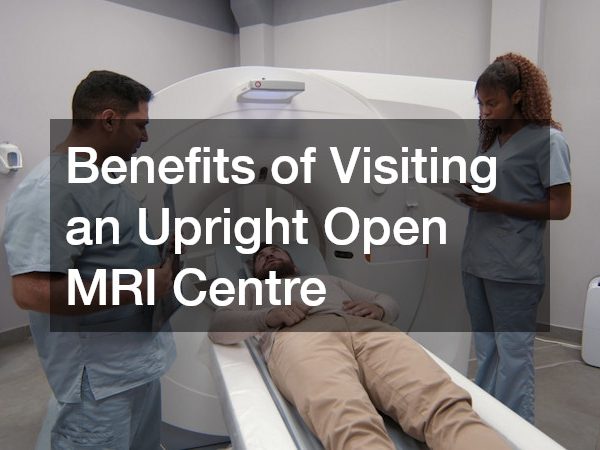Our everyday life is full of decision dilemmas. We constantly have to choose between options: do you want pancakes or cereals for breakfast? Should you stay or leave your five-year relationship? Can home healthcare franchise opportunities build a better senior care business from scratch? We can either keep on doing what we used to do or explore unusual options that could turn out more valuable.
Some people are more inclined to take risks, while others prefer picking the obvious and safe choice. Yet being curious and explorative is fundamental to our growth as human beings. What happens in our brains when weighing the pros and cons, especially for something we haven’t picked or tried doing before?
The multiple paths to a decision
Even the most mundane decisions involve multiple brain areas and interactions between many cells. Imagine flicking a lighter. Before you decide to continue flicking, your brain must first gather information: is there a flame? That activates the regions in your brain responsible for processing sensory information.
That sensory system is connected to your brain’s reward circuitry. If you see the flame, you may feel satisfied and continue pressing to keep the flame burning. Otherwise, you may feel surprised and wonder whether your finger did enough to press the ignition button or whether the lighter still has gas. At this phase, the frontal areas of your brain are put to work. They control your cognitive skills, which help you figure out whether it’s viable to flick again to test your theory about the gas or your finger.

Also, your brain has to decide how much time you are willing to spend testing the lighter. This part of the decision will likely depend on serotonin, a neuromodulator that has been associated with patience and persistence. Studies suggest increased serotonin levels make you more willing to wait for a reward—even if it isn’t clear whether the reward will satisfy you, or, in the lighter example, whether the flame will appear.
Remapping the paths
You can’t control the first few paths to a decision like the sensory system and reward circuitry. But you can always develop your cognitive skills and increase your serotonin levels. Is it possible to remap the paths? Will you be more inclined to take risks if you intentionally boost your serotonin levels?
You could be. Neuroscientists say that how we deliberate and commit to a single decision is a complex process that we only partially understand. They are just beginning to uncover brain areas that contribute to making decisions. But they need a better view of all neural mechanisms that govern our choices. They should also consider ecological and sociological perspectives on decision-making to create a full picture.
One thing is clear, though: we are all capable of risking unexplored options. So the next time you need to weigh options, focus intentionally on your willingness to try something new. Let your judgment, problem-solving skills, or serotonin levels take you on a ride to uncertain yet could be a more valuable reward.






